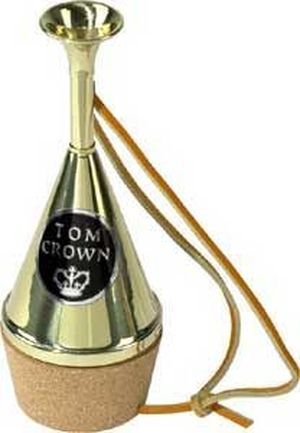5. How does a horn sound?
The horn sounds quite different from all other brass instruments. This is due to the deep, conical mouthpiece, the large bell and the hand-stopping technique of inserting one’s right hand into the bell. Its sound ranges from full, velvety, warm and soft to bright and metallic.
Please note: The valve horn unites the sonic characteristics of seven (or 12 in the case of a double horn) natural horns with different tunings in a single instrument. That’s what makes its sound so versatile.
The low notes (low register) sound very soft and warm and are ideal for bass notes in horn or woodwind sections or as a single bass voice in a symphony orchestra. The middle register also sounds quite soft, but has a fuller and more resonant timbre than the low register. The high notes sound bright, shimmering and powerful, but without the harshness of a trumpet.
Stopped or open (‘bouché’ or ‘ouvert’)
Before valves were invented, stopping the horn was the only way to bend the natural harmonics into other notes of the chromatic scale. But stopping doesn’t just change the pitch; it also comes with a drastic change of timbre. Many composers have used this technique deliberately for echo effects. In sheet music, stopped notes are indicated by a ‘+’ symbol or the words ‘cuivré’ or ‘bouché’. An ‘o’ or ‘ouvert’ marking indicates the end of a stopped passage. If the horn is equipped with a stopping valve, it can be used to compensate for the change in pitch. If the instrument doesn’t have a stopping valve, the fingerings need to be changed accordingly.
A permanent stopping effect can also be achieved with a stop mute.

Stopping is a very interesting part of the horn’s sonic palette, but it requires a bit of practice and trained ears. If this sounds appealing to you, the horn could be a great instrument for you.
Your Contacts
Product Highlights
Offers
-
Bb French Horns
-
F French Horns
-
Double French Horns
-
French Horn Mutes
-
French Horn Mouthpieces
Recommended categories
Do you like what you're seeing?






